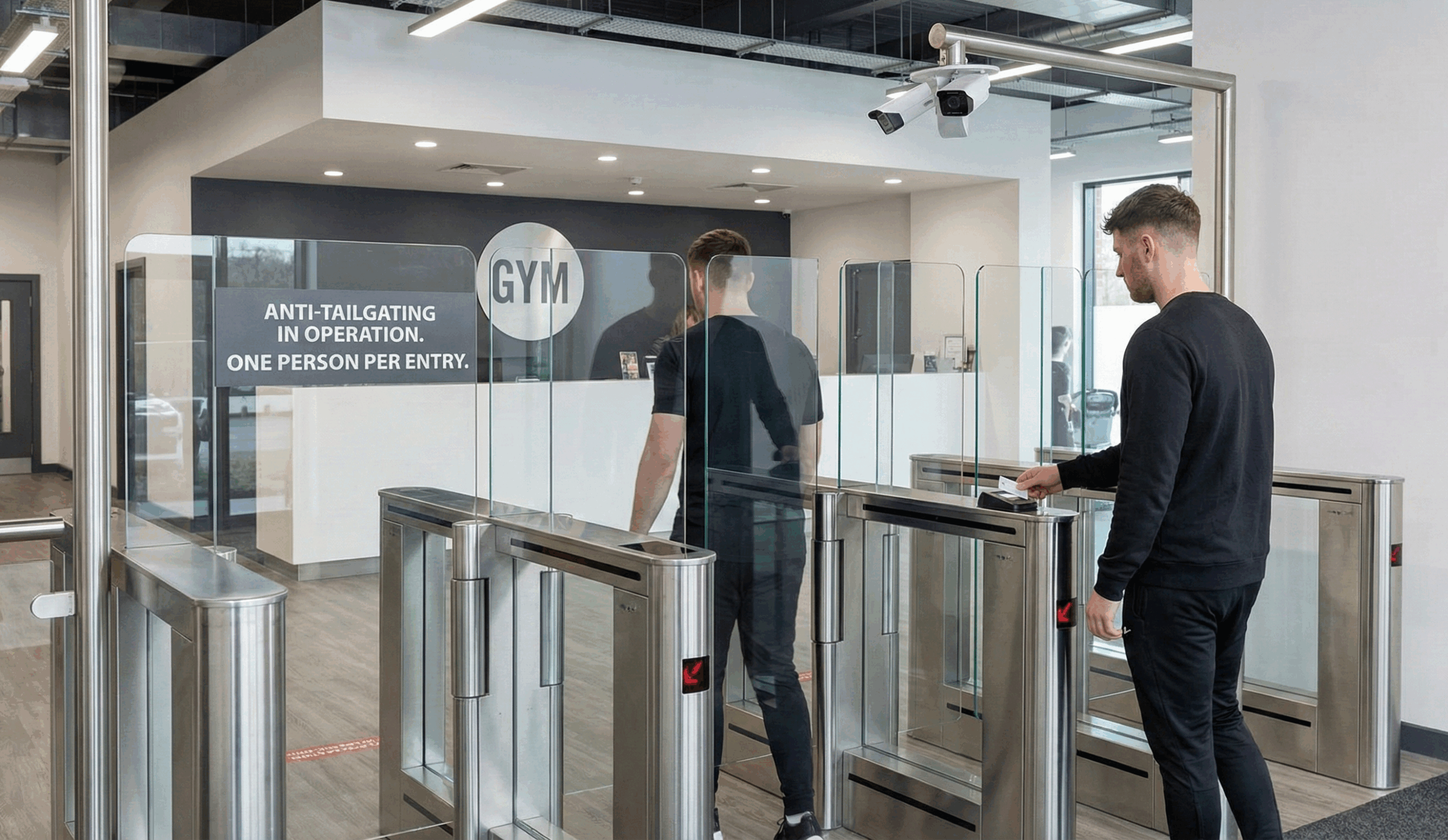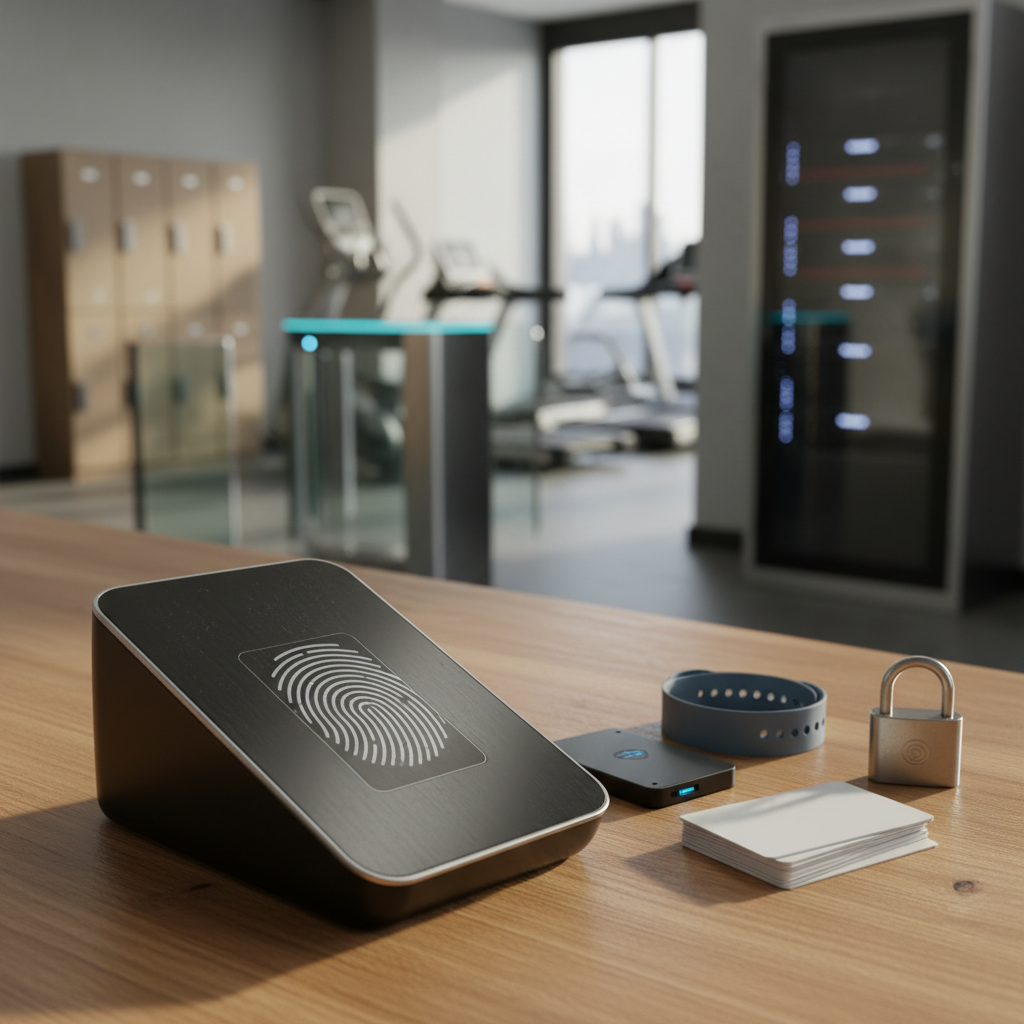Stockholm's Metro: Perfect Yet Imperfect Gates
This article discusses the speed gates at the entrances of Stockholm's metro stations. We will examine why selecting the optimal gate is not always straightforward and what factors make the decision challenging.
Gate Model and Operating Principle
At Stockholm metro stations, full-height speed gates are primarily used at the entrances. Passengers scan their SL (local transport) card on the reader device built into the gate, and the transparent acrylic wings of the gate retract inward, allowing passage for the traveler. The metro gates are equipped with several sensors designed to detect when a person has passed through the gate. After a certain number of sensor readings, the gate closes the wings to block passage for anyone behind.
Optimization of Gates
The speed gates in the Stockholm metro are adjustable, and from SL’s perspective, the ideal scenario would be for the gates to close as quickly and forcefully as possible after a person passes through. However, maximizing speed is not entirely feasible, as the wings might close before any luggage or strollers have fully passed through. The same applies to the closing force: it’s important to avoid situations where the gates close too forcefully and pose a risk to people. For this reason, the Stockholm metro has had to fine-tune the closing speed and force of its gates over the years, learning from the approximately one million gate activations that occur daily.
Misuse
It could be assumed that the turnstiles in the Stockholm metro are so finely tuned that they would completely eliminate misuse. However, this is not the case. According to SVT (the local news agency), it was estimated that in 2020, as many as 15% of passengers used public transportation without a valid ticket. SL loses over 100 million euros annually due to this issue. Not all of this loss is a direct result of misuse in the metro system, as some of it comes from the local pendeltåg (suburban train) stations. Several pendeltåg stations still use waist-high barrier gates, which are easier to jump over and therefore more susceptible to misuse.
Although exact numbers are not known, it is clear that misuse occurs in significant amounts in the Stockholm metro system. Typically, this happens through "tailgating" (known as "planka" in Swedish), where an unauthorized person follows a valid passenger closely and enters the turnstile behind them before the gate has time to close. Tailgating can be further facilitated by using one's hands to hold back the closing gate wings, preventing them from closing properly. The force applied by the hands makes the gate wings reopen, and when the gate opens again, it triggers an alarm, signaling that either misuse or some other abnormal behavior has been detected.
Staff could save the day.
One could assume that the fact that there is a staff booth at the end of each turnstile row at Stockholm metro stations would act as a psychological barrier to tailgating. Unfortunately, these staff members do not have the authority to directly intervene in cases of misuse, and they typically don't report incidents to ticket inspectors. Could the reason for this be that misuse occurs so frequently?
Summary
The Stockholm metro primarily uses high-glassed speed turnstiles that are optimized for both closing speed and force. These gates are equipped with active alarm sounds to alert for misuse situations. Additionally, ticket inspectors occasionally work on-site to fine those who misuse the gates.
The Stockholm metro faces the challenge of finding a balance between ease of passage and preventing misuse. They have decided that passenger (customer) convenience is more important, and as a result, they have had to allow for a small—or sometimes larger—amount of misuse. This solution is likely the best they can achieve with current options. Perhaps one day, someone will come up with a solution that allows completely seamless entry without any misuse. With today's technology, it might not be possible, but the future may hold the answer.



